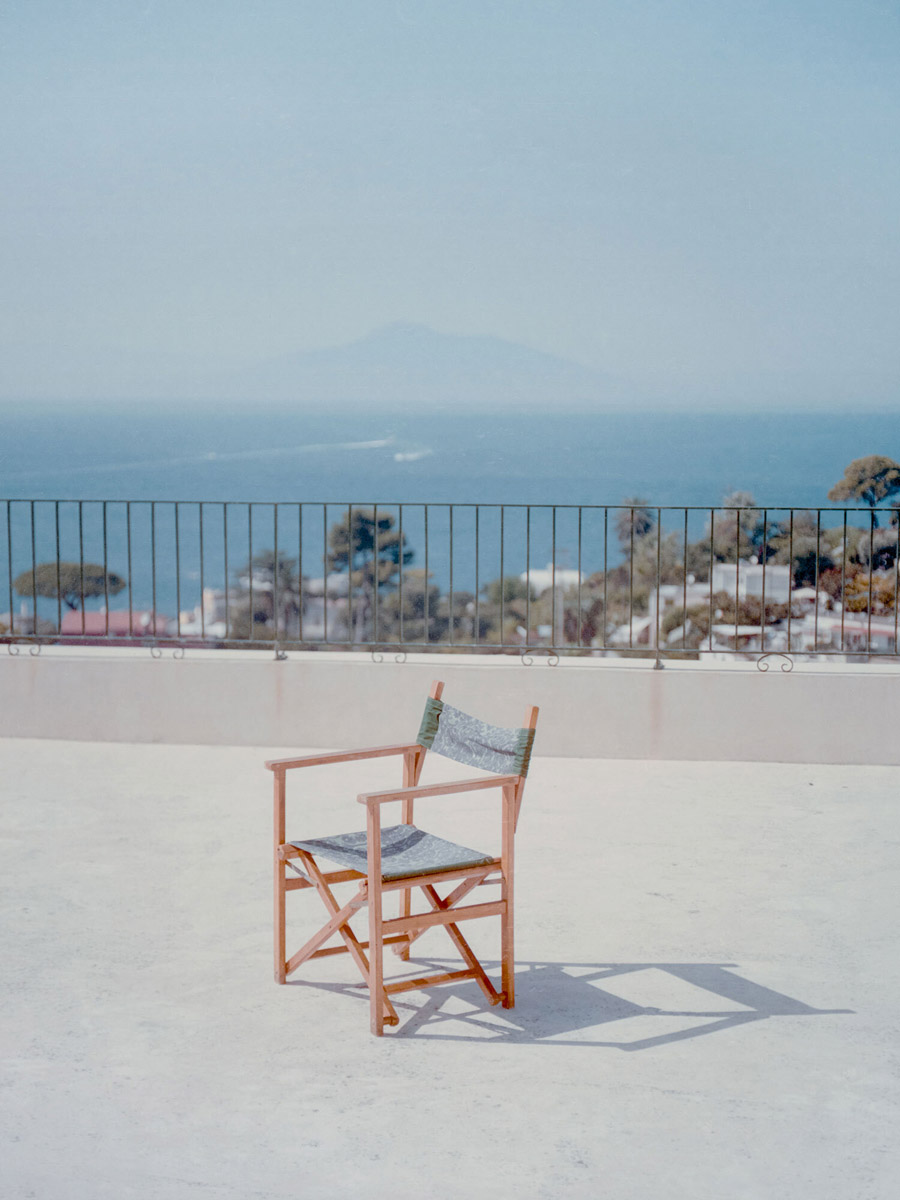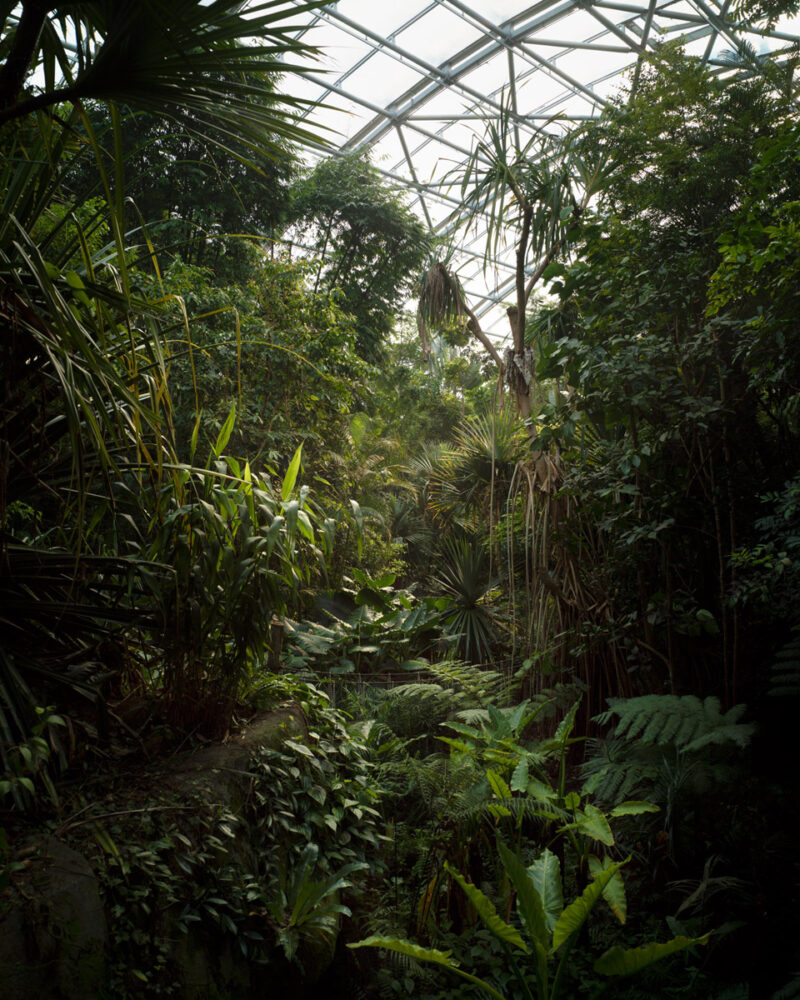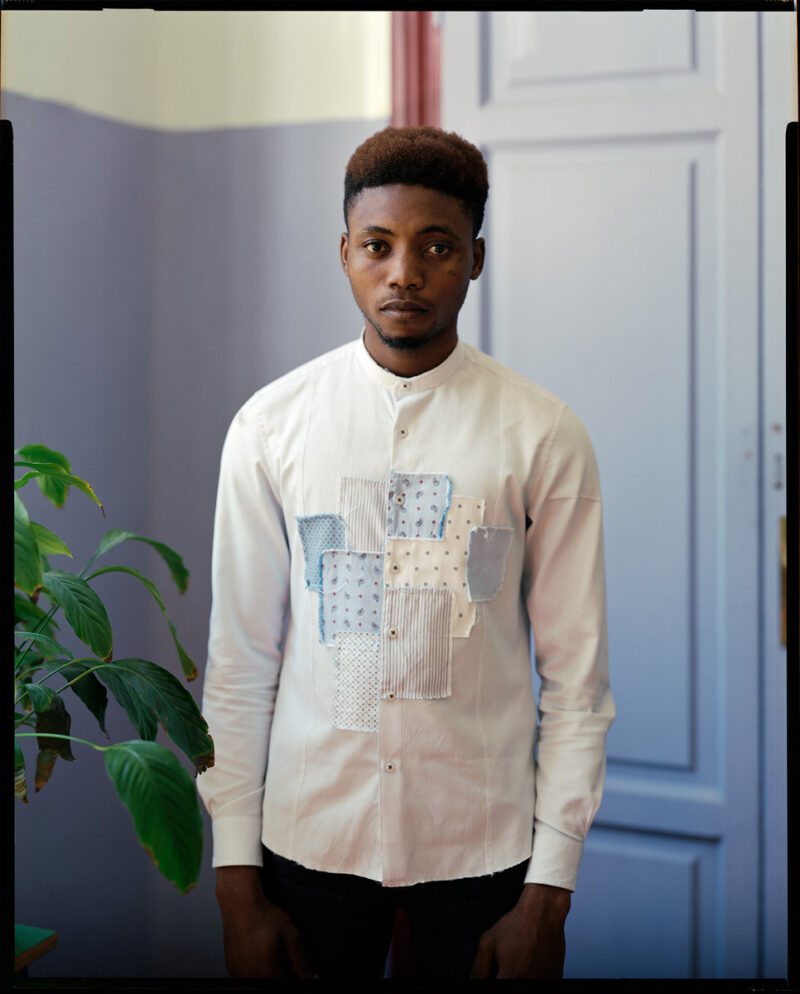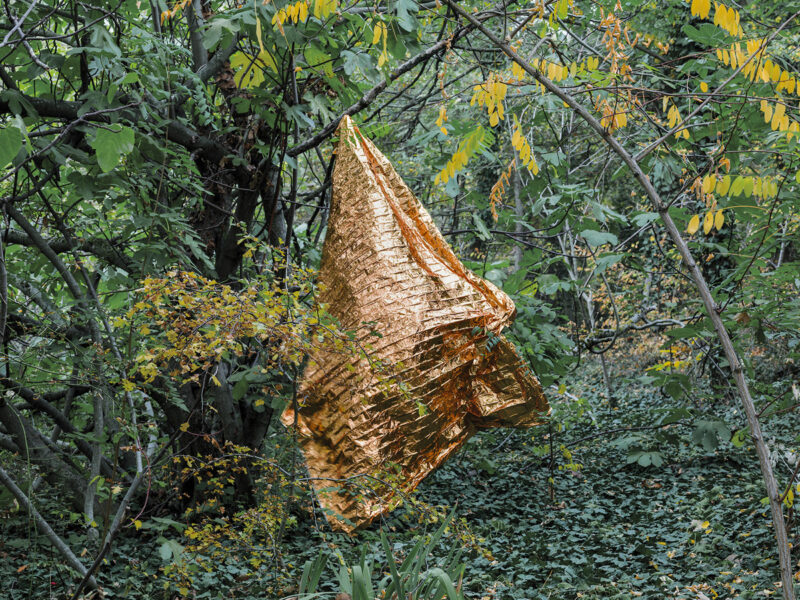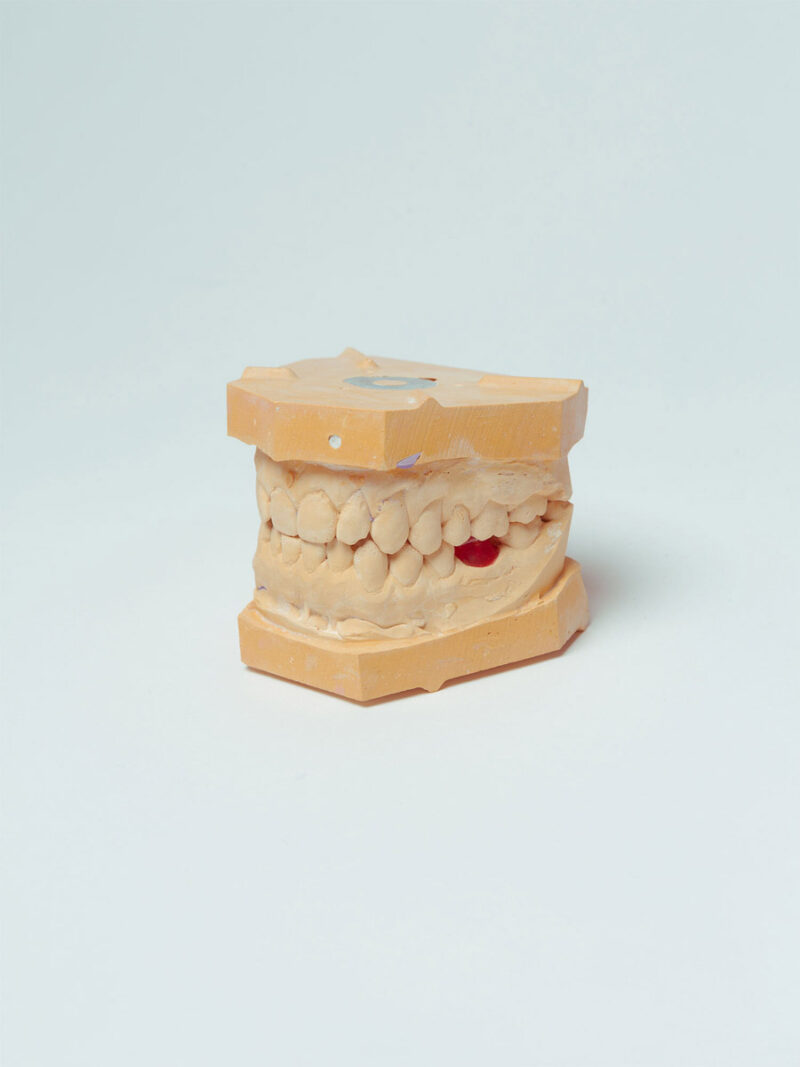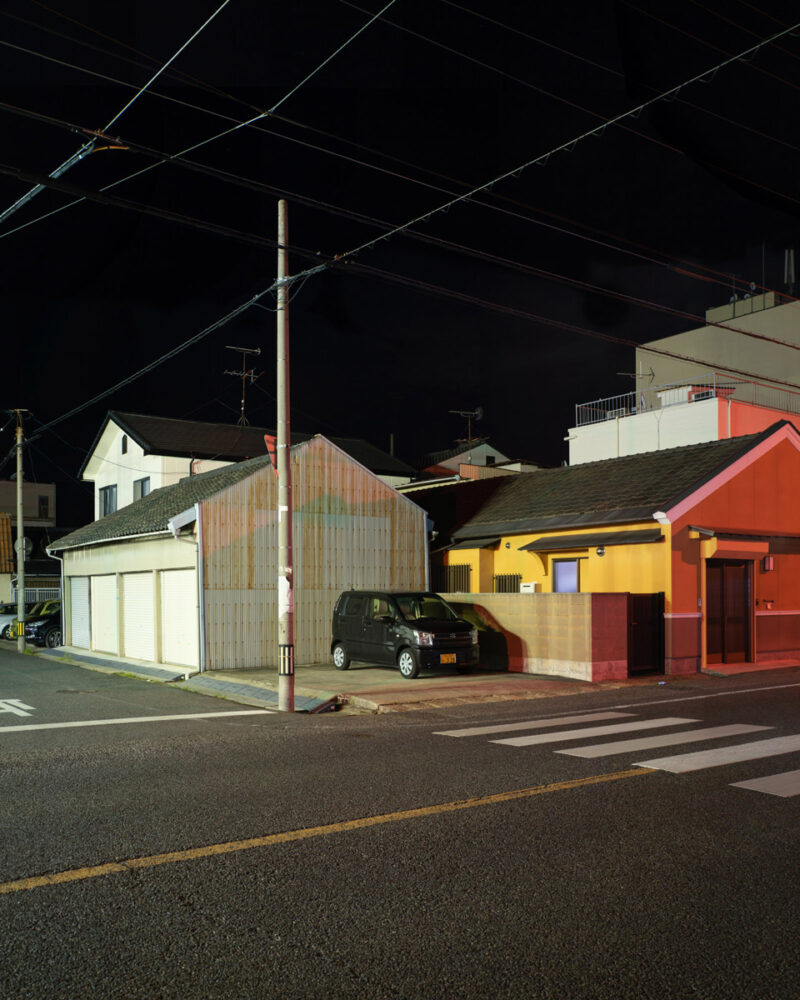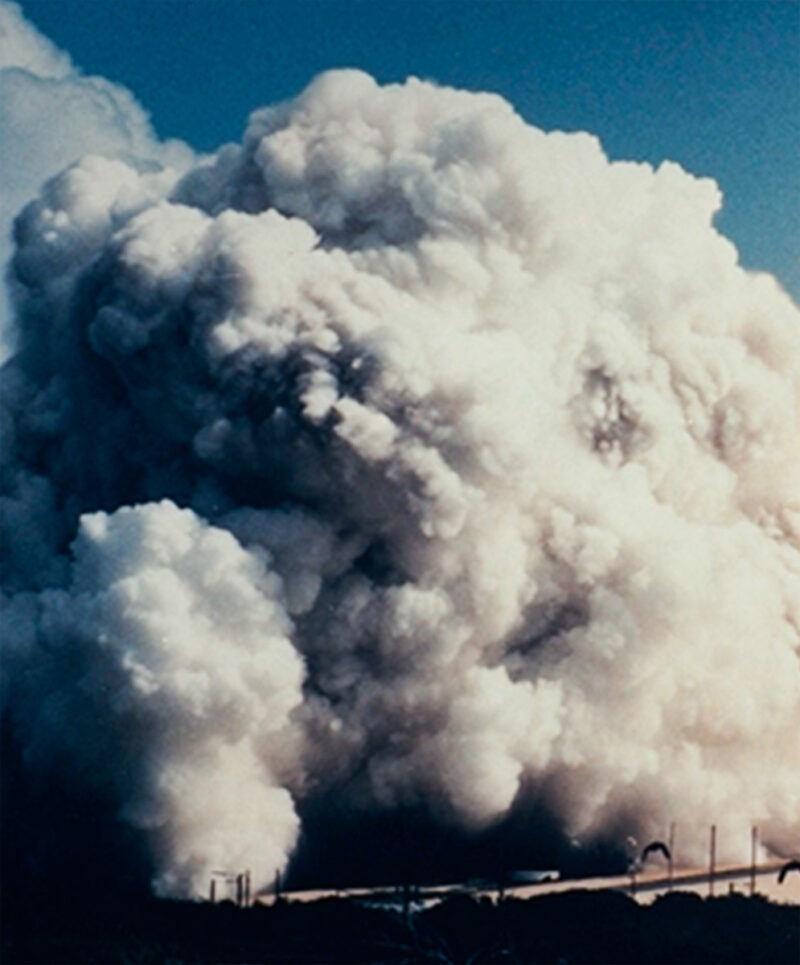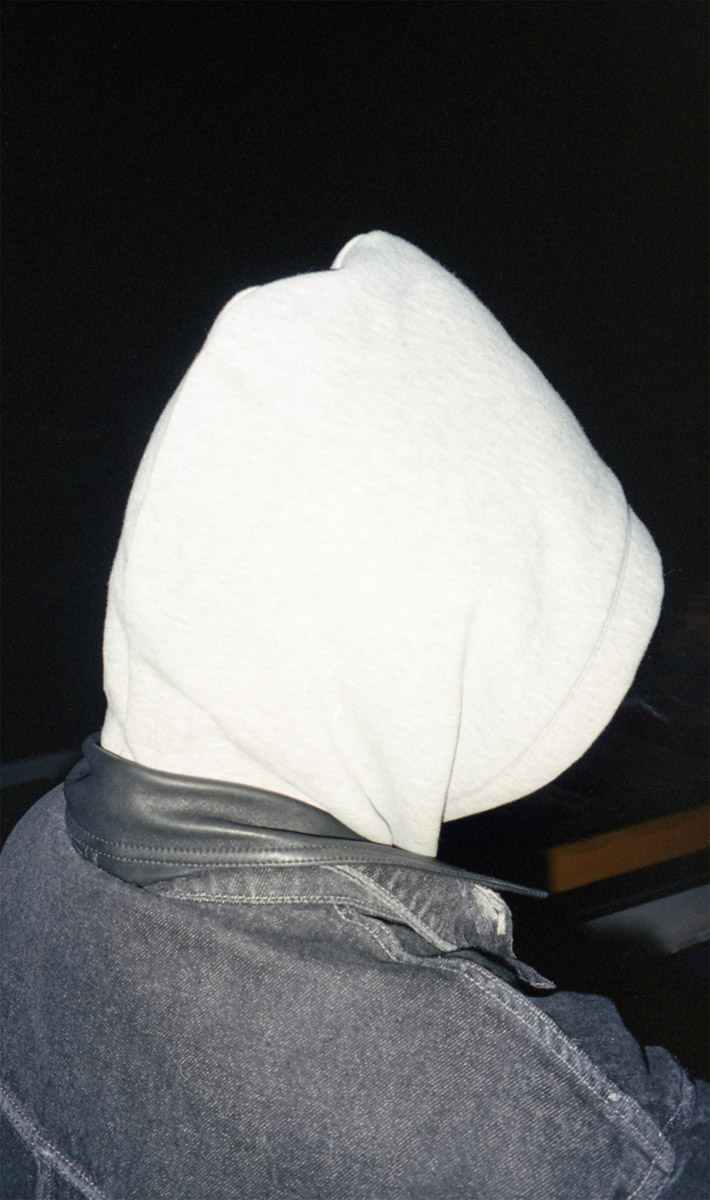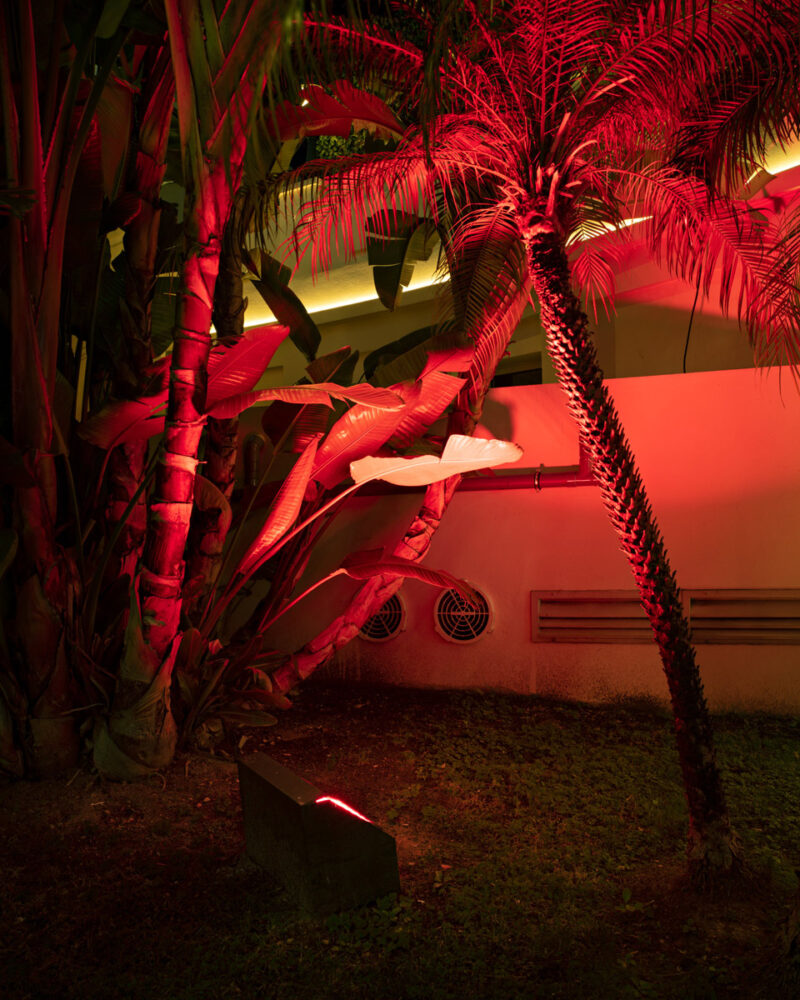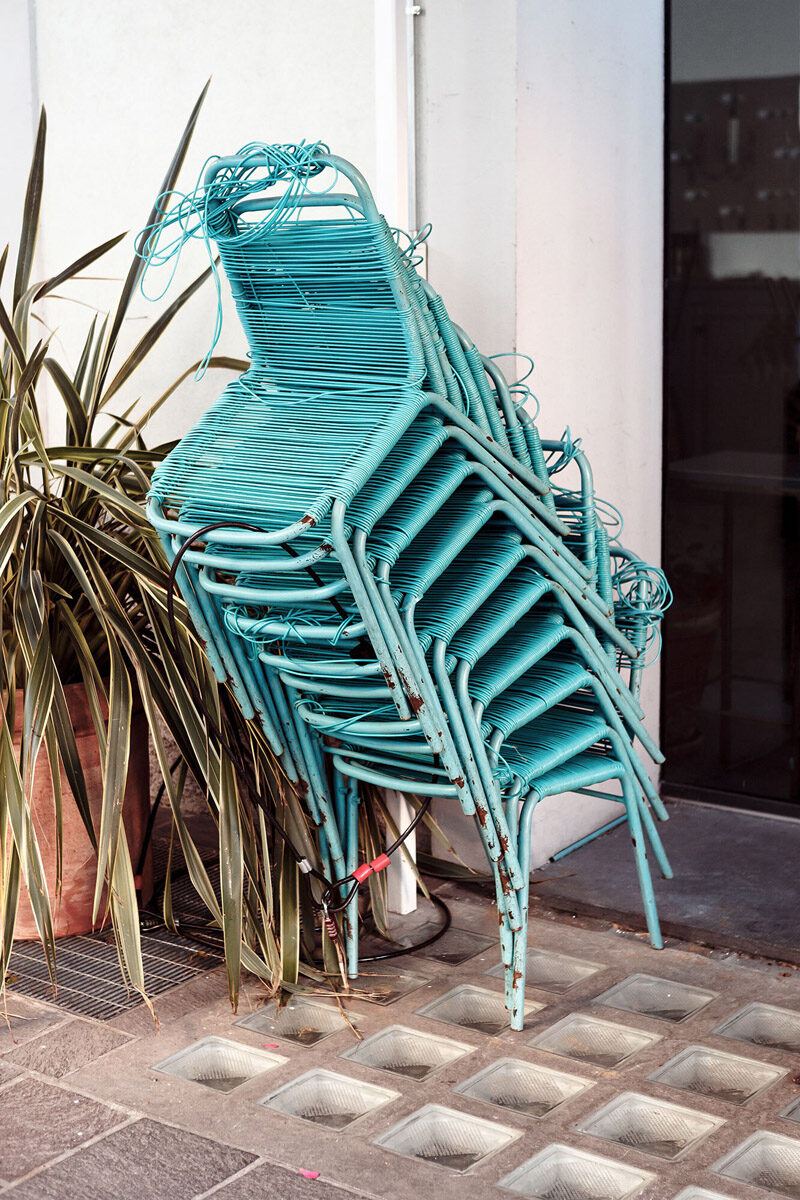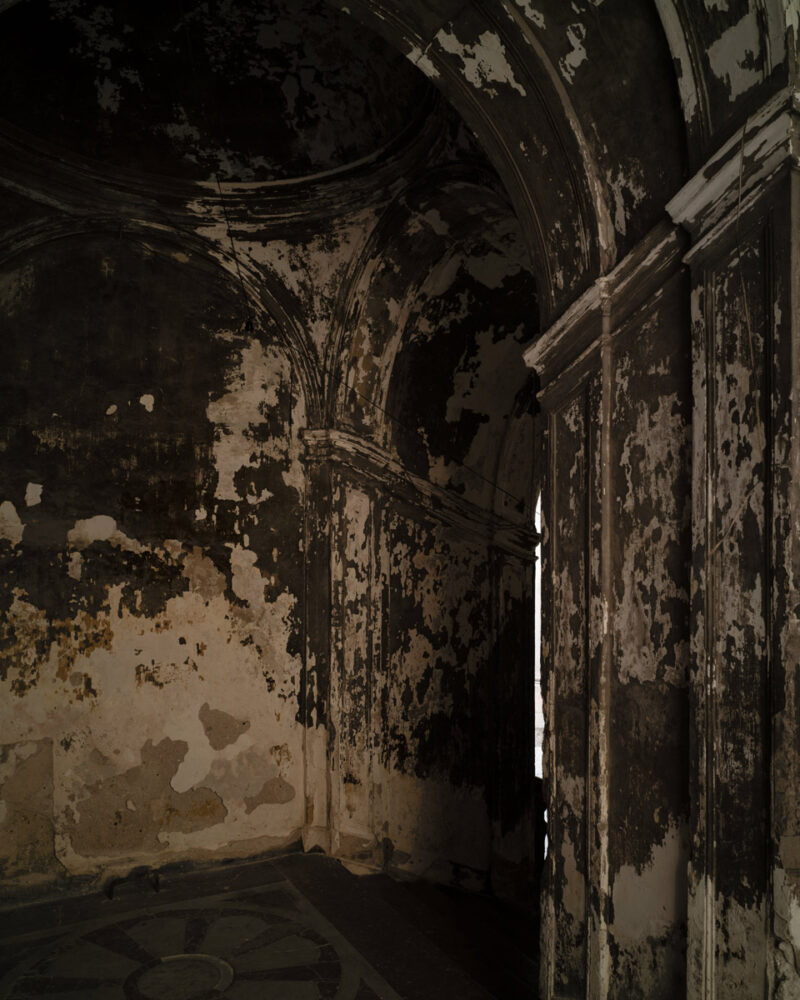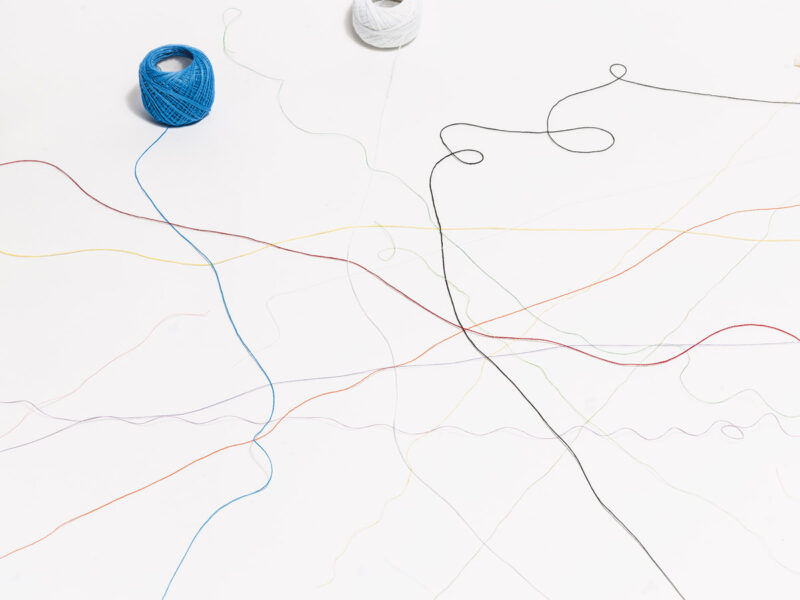Today, photography seems to be relegated within the confines of Instagram and the visibility at all costs. But on closer inspection, in some corner outside the spotlight, there are still realities that put together images with craftsmanlike care. Among these, there’s Altana, which quietly weaves the threads of an increasingly chaotic visual culture.
Altana was born in 2018 in Venice after the encounter between Francesco Paleari, Elia Pinna and Francesco Villa. It’s meant to be a place for conversations and exchange around photography, genuinely dedicated to authorial research and care for editorial projects. Altana refuses to be labelled but rather prefers the dynamism of an evolving hybrid studio. Altana is not a publisher, it is not a physical place and either a concept. Altana is a flying carpet made of wood from which you can enjoy a new perspective through photography. Theirs is a special angle, from which they will show us, today and in the coming weeks, just how crazy the view can be.
Altana is a place to enjoy the view. What do you see from there?
The altana (roof-terrace) is an architectural space made of wooden planks and beams, rising from the roofs of many Venetian houses. It is an open space, exposed to wind and light, seemingly disconnected from the building on which it stands, and from which it could take flight at any moment. From there, you can enjoy a good, wide view of the landscape, of the people. At the same time, it is a place of sharing, of conviviality. It is a place that identifies us: a point of observation, extraneous and open, from which to exercise our gaze, and at the same time a place to meet. What we see from the altana is a field of possibilities, relationships, in which our gaze attempts to intervene.
By definition, a panorama is something distant. Is distance what allows a meaningful overview? When is it better to get closer?
Perhaps it is in the distance that one can assume to have a meaningful, but also critical, overview of things. The camera is, in some respects, the distancing medium par excellence, even when its resultant, the photograph that I look at and hold in my hand, appears very close to the subject portrayed. Photography is a beautiful construction that points straight at a reality, tangible or imagined, and uses its language. From this point of view, the actions of distancing or approaching can be understood as distinct expressive solutions put into play from time to time.
How did the project come about? What makes you similar and what makes you different (from each other, from everything else)?
Altana is first of all the result of a friendship born during a common study path at IUAV in Venice. There are three of us and we are very different in terms of background and research interests. This mixture of friendship and heterogeneity, on the one hand, offers a solid starting point, on the other hand, it doesn’t take anything for granted, indeed our differences and divergences keep the discourse open to multiple possibilities and fluctuations. Like others, what we have in common is our passion for the medium of photography and our love for the printed page. We also recognise the sharing of energies and thoughts as precious nourishment. In this sense, we are a collective. However, this structure was not established beforehand. We started very spontaneously, taking advantage of a few opportunities that brought us to our current dimension. We were at the Arles Festival in 2019 for Temple Books, at Sprint in Milan in the same year and then we organised the event A place to enjoy the view in the space of Brace Brace. In the last year, for us as for many, opportunities to share have been scarce, but it was also an occasion to finish a work such as SAMPLE by Elia Pinna, recently published. Another aspect that characterises us is that we work in a choral way, so to speak, on each other’s projects, but the production of the work is always in the hands of the author. You could call it a form of shared self-publishing. From this point of view, we don’t consider ourselves an independent publishing house, although we are starting to embark on collaborations with external artists. We prefer to maintain a programmatically hybrid dimension that prefers publishing and the printed form, but without excluding other forms of participation and fruition of the image.
In a world full of images, what is the point of creating new ones? What do you look for when you shoot?
Even though the world is saturated with images and, in some ways, we are witnessing their constant deterioration, the world of photography, to which we belong, is constantly producing new images. It is a process as unstoppable as the progress of technology from which, to a large extent, photography originates. We live in a post-photographic era, but this does not prevent hybrid photography from coexisting with more traditional approaches. Photography is an iridescent creature with many shapes and forms. Taking part in this process of creation means trying to respond to the incessant demand for images made by contemporary society. Trying to give it a form, a new reading. It is in some ways a challenge, a complex and stimulating act. When we shoot, we are trying to experience a thought. And perhaps for us, as for others, creating new images means trying to interpret the world around us.
To publish is to share, but also to care. Paper is an intimate place that the digital world can never replace. What makes it so special? Do you think printing is a way to bring images back to where they belong?
The use of printed paper is so deeply rooted in our culture that at first glance one might say that it is precisely its status as an unconditional and long-lasting means of sharing that makes it so special. After all, until not so long ago, photography lived its fulfilment in printing. We do not believe that printing is the only way to share images, but all three of us certainly have a particular fondness for the physical dimension of photography and a love for printed paper. It is a privileged form of materialising something as unstable as an image can be. And the book, particularly the photographic book, is an extraordinary device in which it is possible to condense an idea, a story, a thought into a structure. As a device, it has its own internal rules and customs, but at the same time, it offers the possibility of experimenting with ever new, effective and functional solutions for the coherence of a project. And it requires time, the time for care. To answer your question, printing is probably not where images belong, but it is certainly where they are cared for. And taking care of something means sharing its value over time.
